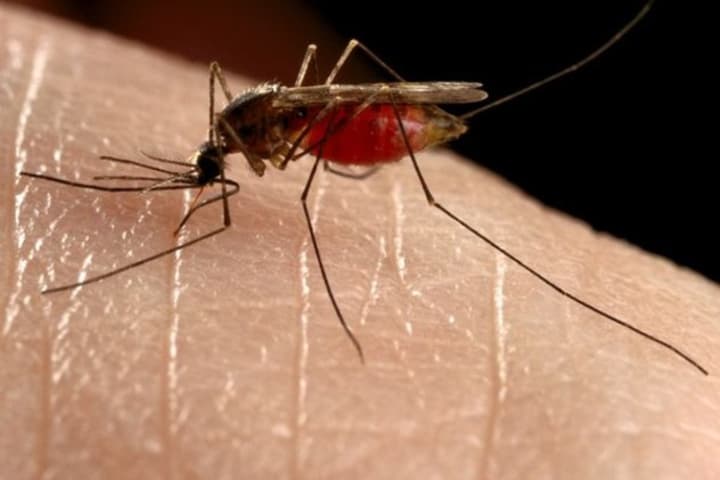The City of Stamford is actively responding to the case with its larvicide program, which includes placing larvicide in catch basins throughout Stamford, an announcement said. It is important that all residents avoid contact with mosquitoes and consider using insect repellent when outside for work or recreation, the release said.
The Connecticut Agricultural Experiment Station has trapped and identified mosquitoes infected with West Nile in several areas around the state.
Since June 27, the state has identified West Nile virus-positive mosquitoes at trap sites in 16 towns: Branford, Bridgeport, East Haven, Fairfield, Glastonbury, Greenwich, Groton, Manchester, New Haven, Norwalk, Plainfield, Stamford, Stratford, Wallingford, Waterford and Westport.
Individuals over the age of 50 are at greatest risk for complications of West Nile virus infection, according to Anne Fountain, director of health and social services for the City of Stamford. But individuals of any age should take precautions regarding exposure to West Nile virus, she said.
It is important for all residents to seek medical attention should they develop symptoms that could be because of the West Nile Virus infection, Fountain's announcement said.
Most people who are infected with the virus do not show any symptoms. Symptoms could include fever, headache and body aches, nausea, vomiting and sometimes swollen lymph glands or a skin rash on the chest, stomach and back.
The previous human case was confirmed late last month in Stratford. Read more about it here on The Daily Voice.
Click here to follow Daily Voice Stamford and receive free news updates.


